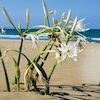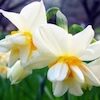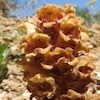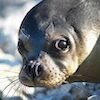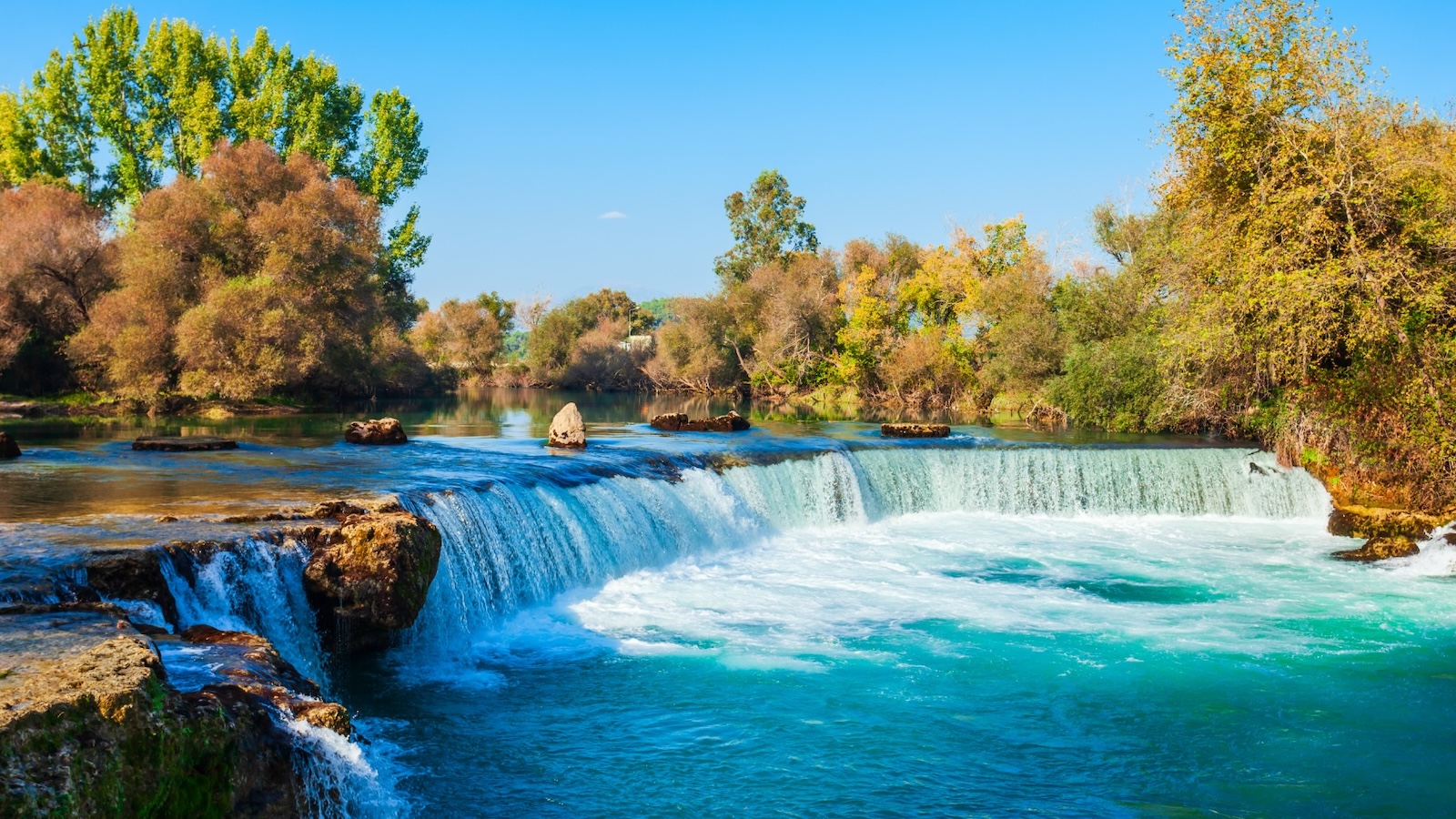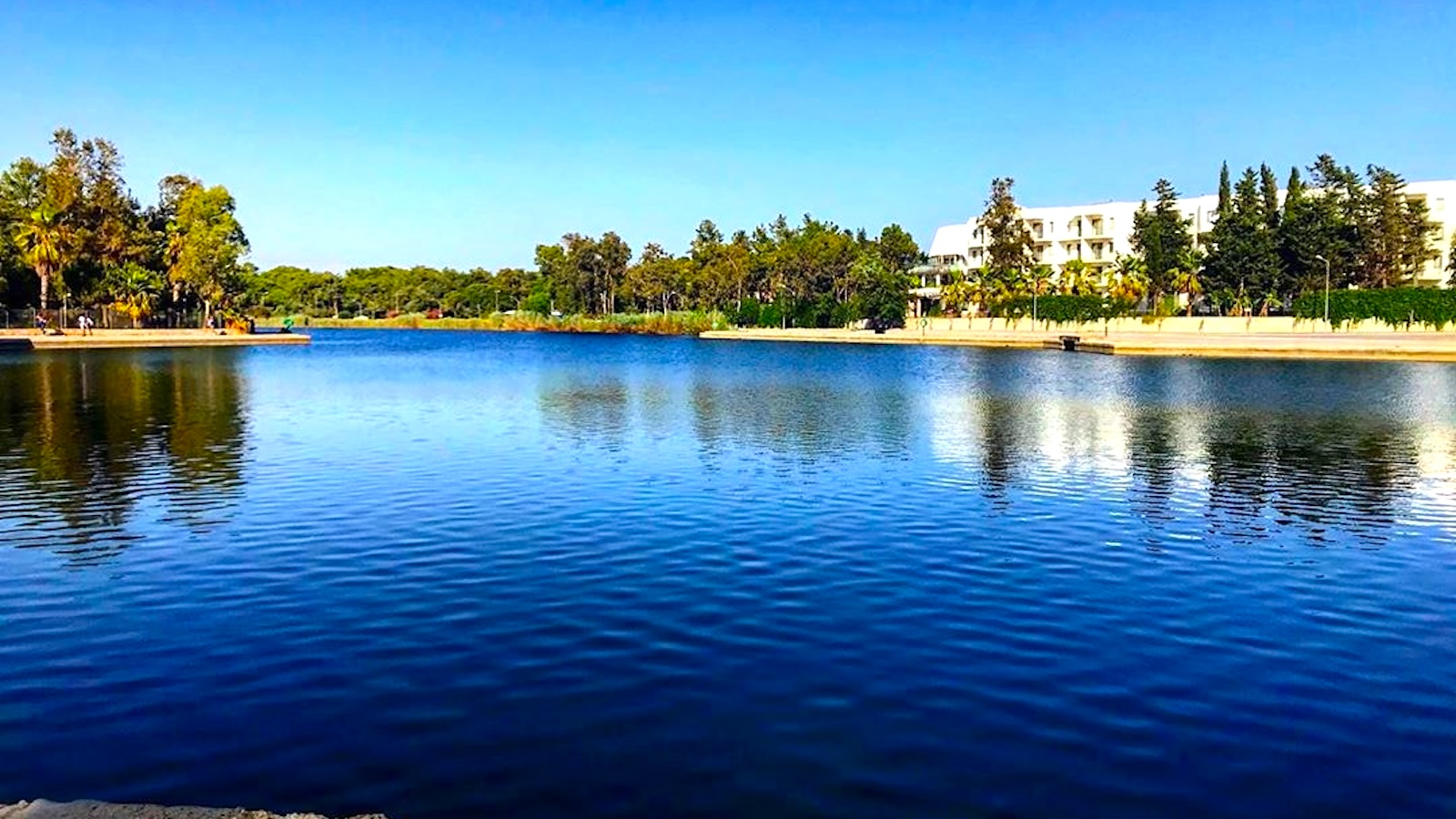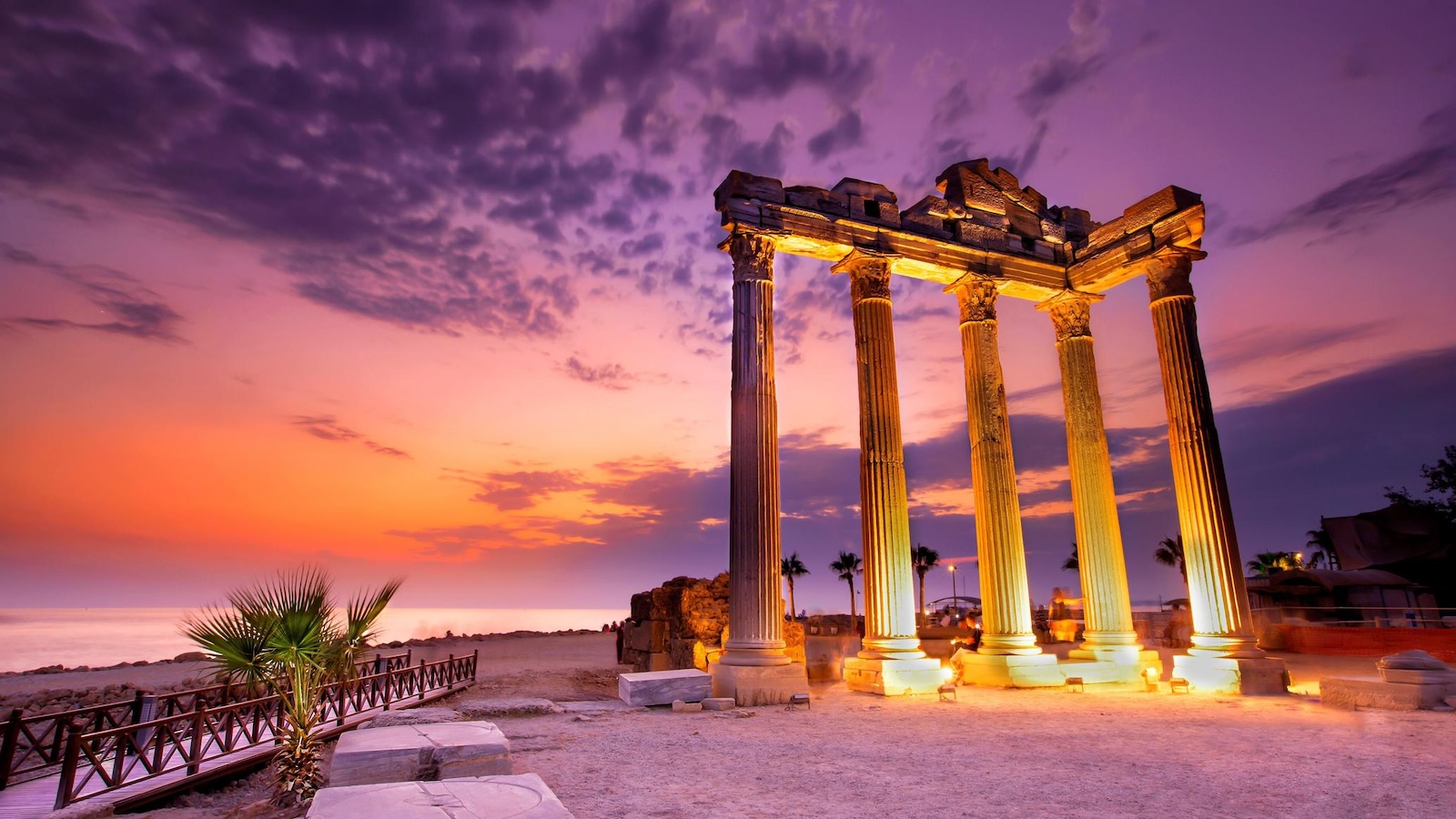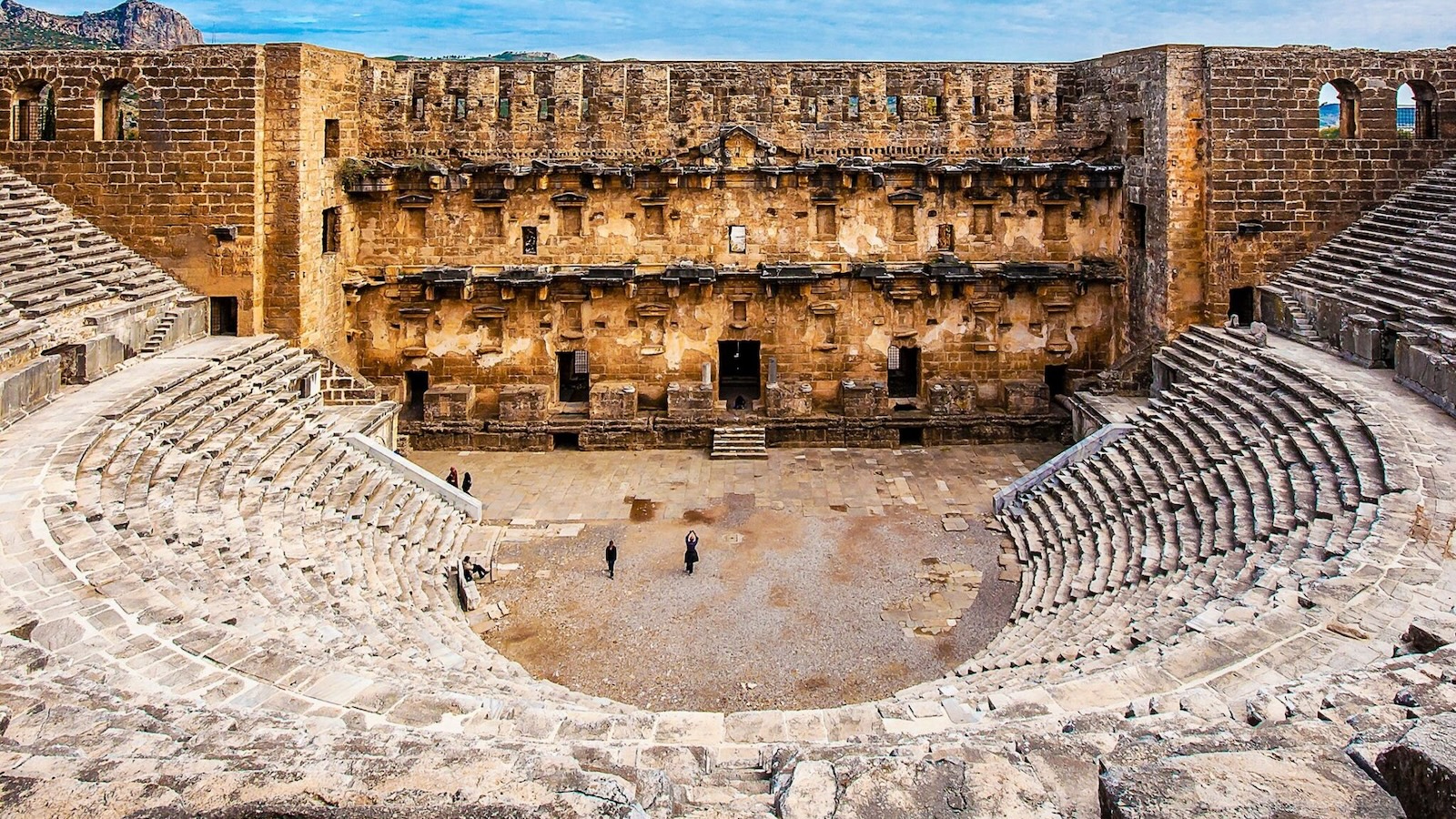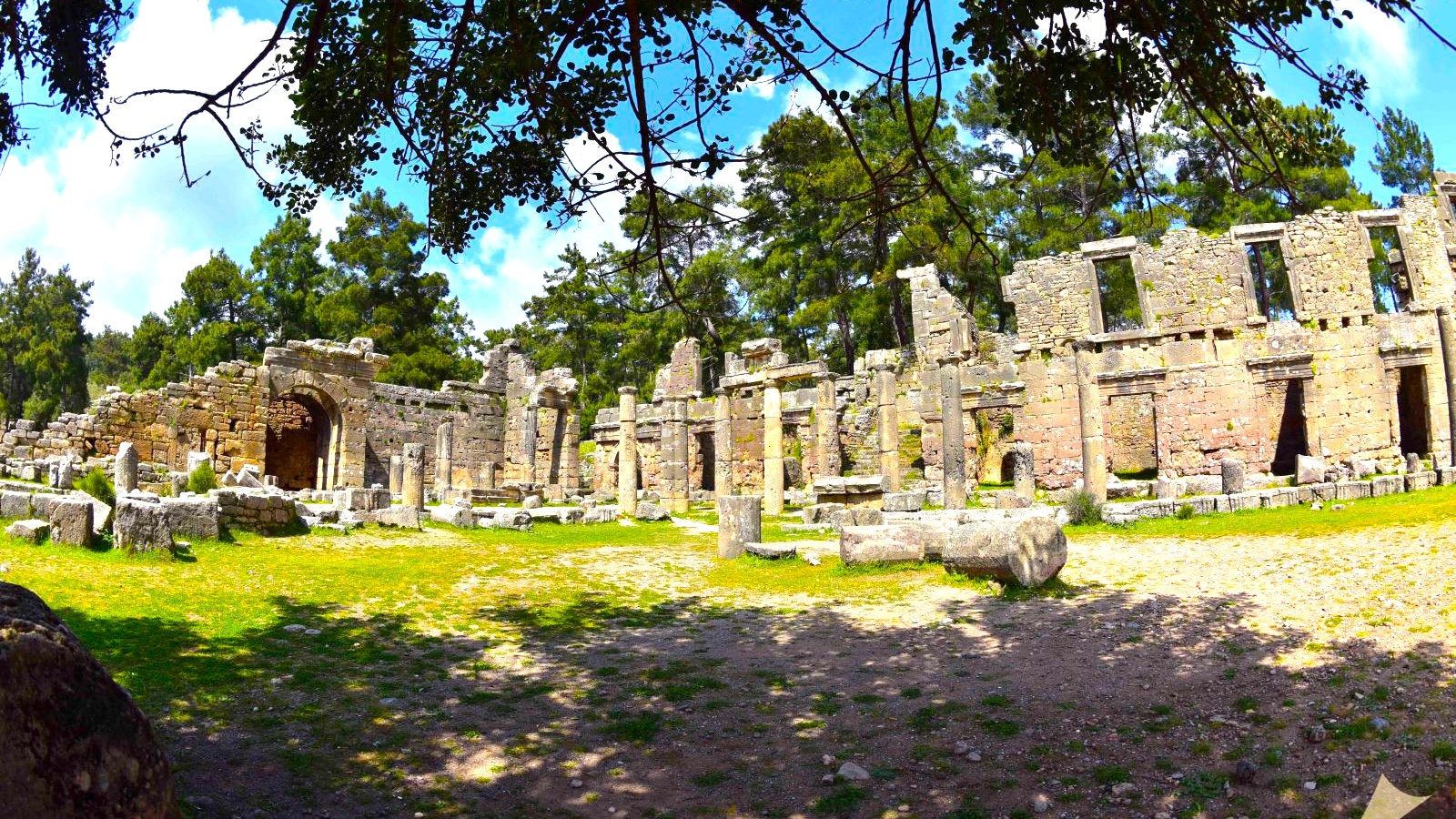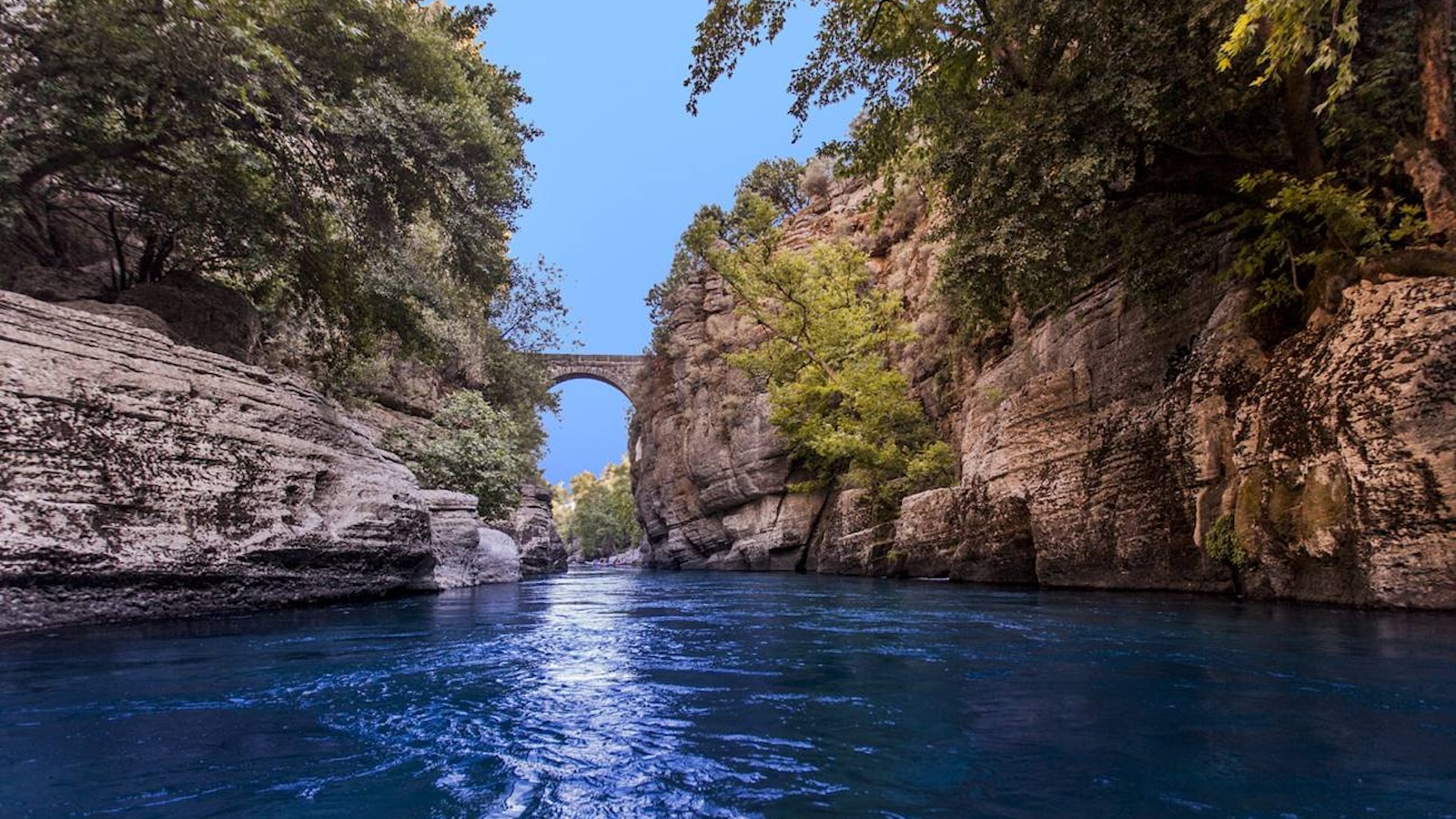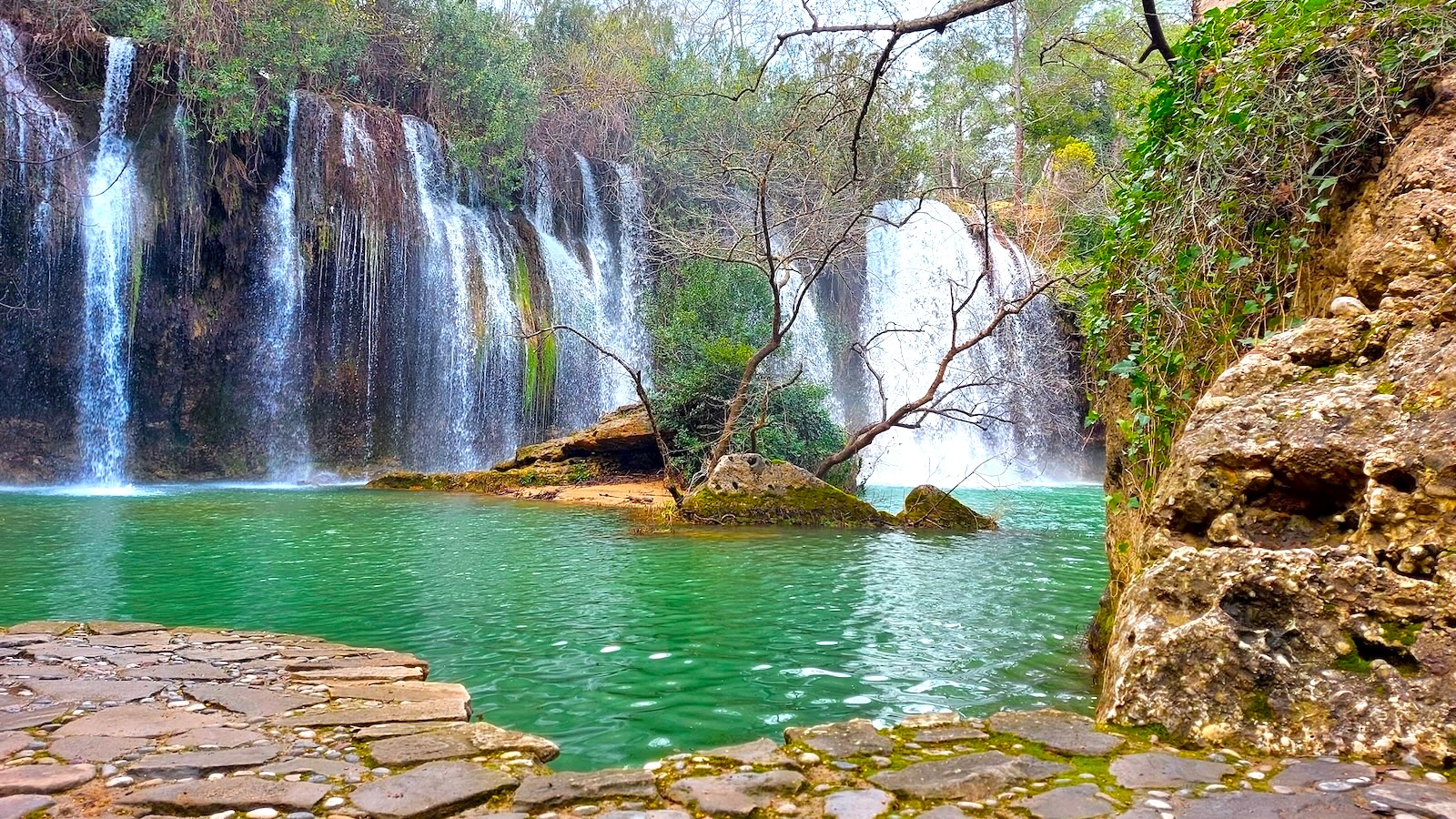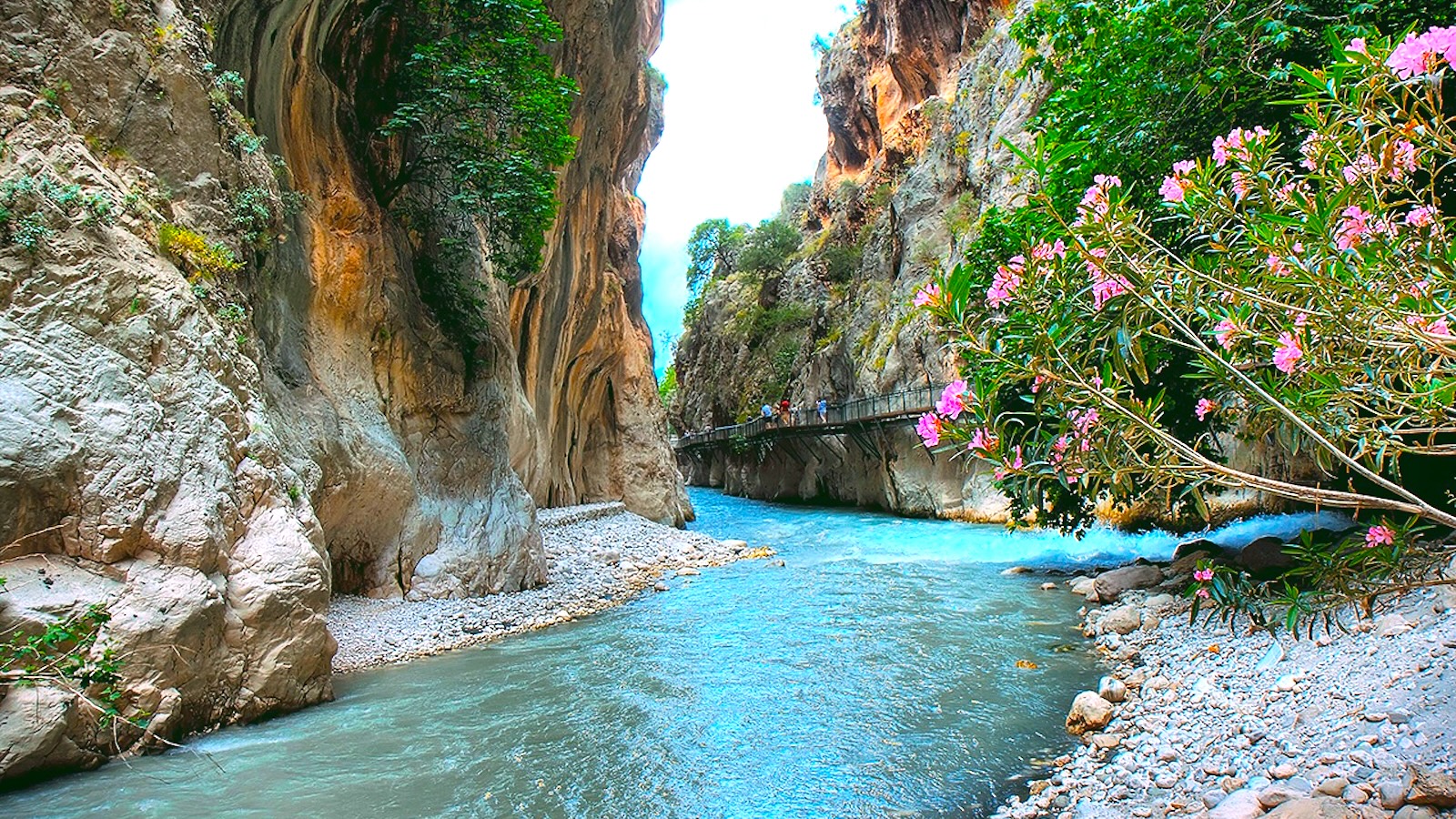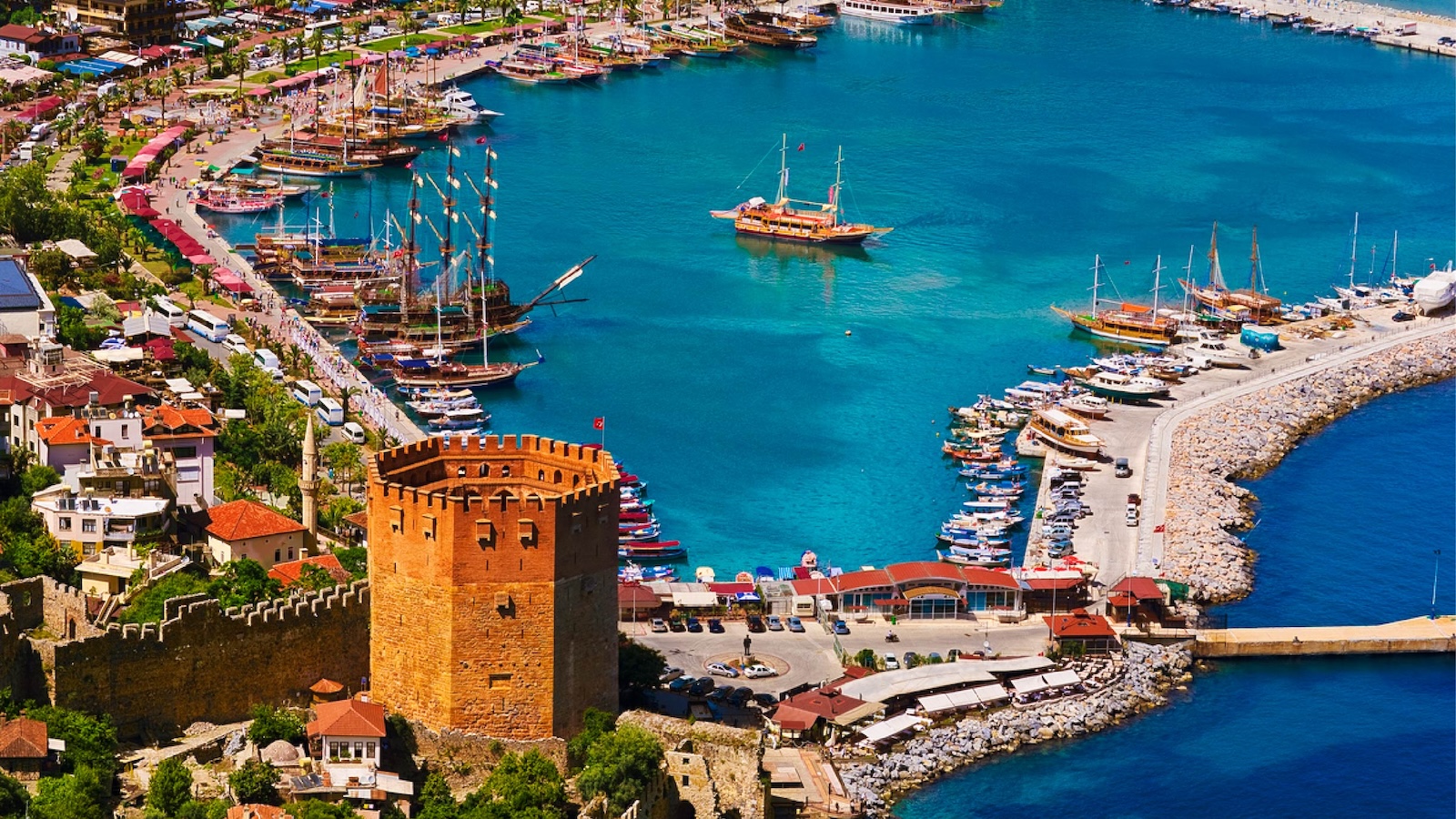Discover Antalya
Discover Antalya
If you would like to discover many more beauties in our country and region and get to know our Turkish culture closely, we recommend you to visit the pages of antalya.goturkiye.com, antalya.ktb.gov.tr and kulturportali.gov.tr.
Titreyengöl
The lake, which is very calm and trembles even with the slightest breeze, takes its name from here. According to legend, whenever the old fishermen birds living on the shore of the lake fed, the birds would gather around them. One day, hunters hunting on the lake shot the ducks on the water, and the old fisherman approached the hunters to try to stop them from hunting. The hunters pushed the old man and tried to take the ducks they shot on the water. In the meantime, the other ducks took off together, creating a whirlwind with their wings and scaring away the hunters. After this incident, the lake started trembling constantly.
Side
Located 75 km from Antalya and 7 km from Manavgat, Side is approximately a half-peninsula with a width of about 400 m and a length of 1 km. The name Side means “pomegranate” in Anatolian language. This information, found in some inscriptions, indicates that the history of Side dates back to the Hittites. According to some sources, Side, one of the oldest settlements in Anatolia, was founded before the 7th century BC and has been under the rule of many civilizations over time.
Side Ancient City
Located 75 km from Antalya and 7 km from Manavgat, Side is approximately a half-peninsula with a width of about 400 m and a length of 1 km. The ancient city of Side, where many civilizations have come and gone, is the City of Pomegranates mentioned in Hesychius’s lexicon. With its ancient theater, historical ruins extending right next to the beach, Temple of Apollo, grand city gate, baths, agora, and historic harbor, it is a city that will immerse you in history down to the finest details.
Aspendos Theatre
Located 44 km from Manavgat, the Aspendos Theater was built in the 2nd century AD. It has a capacity of 17,000 seats and is the best-preserved and most well-maintained amphitheater that has survived to this day. Along with its stage, it is one of the rare theaters that has been preserved in the best possible way up to the present. Nowadays, it is used for various concerts, festivals, celebrations, and oil wrestling events. In addition to other structures in Aspendos such as the Agora, Basilica, Nymphaeum, and 15 km-long arched aqueducts, are remarkable structures worth seeing.
Seleukeia
Heading northwest from Manavgat towards the Taurus Mountains, you’ll reach the ruins of Seleukeia after 12 km. Founded by the Seleucids, it was established as an acropolis city on a hill in the 3rd century BC for defensive purposes. The city, with its steep slopes and deep valleys, offers a panoramic view of the entire plain and the sea.
Köprülü Kanyon
Köprülü Canyon National Park is located 60 km from Manavgat. It is Turkey’s most popular rafting area and the longest canyon. Rafting is a fun and thrilling river sport done with boats called rafts on high-flow rivers. Köprüçay River is one of Turkey’s most beautiful natural recreation areas. Many archaeological sources such as Roman bridges and historic roads make Köprülü Canyon National Park a worthwhile place to visit.
Kurşunlu Waterfall
Kurşunlu Waterfall cascades from a height of 18 meters, connecting seven small ponds with small waterfalls. It is situated within a 2-kilometer-long canyon. This area was turned into a park and opened to visitors in 1986. The waterfall and picnic area cover an area of 33 hectares. Within the picnic area, there are scenic viewing terraces, a children’s playground, a restaurant, parking lots, and walking trails.
Alanya Castle
Alanya Castle is one of the symbols of the district of Alanya in Antalya. It is situated on a peninsula rising approximately 250 meters from the sea. The total length of its walls is 6.5 kilometers. The castle was built during the Hellenistic period in the ancient settlement known as Kandeleri in earlier times.
Rules to Follow in Natural and Cultural Areas
Do not touch or damage the artifacts exhibited in museums. Avoid taking videos or photos in restricted areas and adhere to the specified rules, whether written or verbal.
Ancient city areas should not be destroyed, and entry into protected zones should be prohibited to avoid littering and pollution of the surroundings.
Picnicking, making fires, littering, and ignoring warning signs should be avoided in natural excursion areas and forests.
Inappropriate intimacy with adults and children should be avoided in these areas, and people should not be disturbed.
Hunting should be conducted in accordance with the laws and regulations set for hunting. Respect for wildlife and natural habitats is essential.
Buying and selling historical artifacts should be done with the necessary permits and documents. Illegal trading should be avoided.
Shoes should not be worn inside mosques, women should enter with headscarves, and food and drinks should not be brought inside.
To protect nature, choose cosmetic products that are environmentally friendly. Remember that chemicals spreading into our water sources harm living organisms, and chemicals released into the atmosphere cause air pollution.
We recommend checking the opening hours and days of the museum you intend to visit. As a museum cardholder, you can explore the cultural and natural riches of our country and contribute to the preservation of cultural heritage.
Biodiversity
Biodiversity refers to the variety of life forms in an ecosystem and across the globe. For humans to sustain their lives, their surroundings must contain clean water and air, fertile soil, nutrients, and other necessities. Fungi, plants, animals, and other organisms that provide these elements constitute biodiversity.
As biodiversity increases in an environment, its ecological services also increase accordingly. However, this increase is valid only when there is balanced interaction among the species forming biological diversity. Therefore, as biological diversity increases, material cycling and energy flows in ecosystems become more efficient. Conversely, a decrease in biological diversity in an ecosystem results in a reduction in ecosystem services.
Benefits of Plant Diversity: Plants clean the air, prevent erosion, enrich the soil with organic matter, and alleviate soil fatigue. They also provide habitat and food for other organisms, ensuring the continuity of the ecosystem.
Benefits of Animal Diversity: Since ancient times, humans have used animals for hunting, domestication as a food source, transportation, clothing, and as experimental subjects in medicine.
Some insects facilitate the pollination of plants, ensuring the continuation and diversity of plant life, thereby ensuring the sustainability of the ecosystem. Many insect species also decompose organic matter and return it to the soil. Some insect species serve as food sources for animals such as birds, fish, and reptiles.
The sustainability of ecosystems depends on the diversity and health of the species within them. The primary condition for humans to sustain their lives is the preservation of ecosystems. In addition to the benefits of biodiversity and ecosystems to humans, they have their own unique values and rights to existence. Therefore, we must protect them not only for our own needs and requirements but also because they have their own values and rights to life, just like all living beings.
Protected Plant and Animal Species in Our Region
The Mediterranean seal, sea turtle, and loggerhead turtles have been protected in these areas. Additionally, plant species such as Burçak Flower, Sea Daffodil, Iris Flower, Sea Daffodil, Monsterweed, Daffodil, and Crocus Flower are also among the protected species.
It is not advisable to purchase products derived from protected plant and animal species. Hunting sports are prohibited outside the dates permitted by the Ministry of Agriculture and Forestry. We strongly urge you not to participate in activities that separate animals from their natural habitat, such as circuses, zoos, and dolphin shows.
